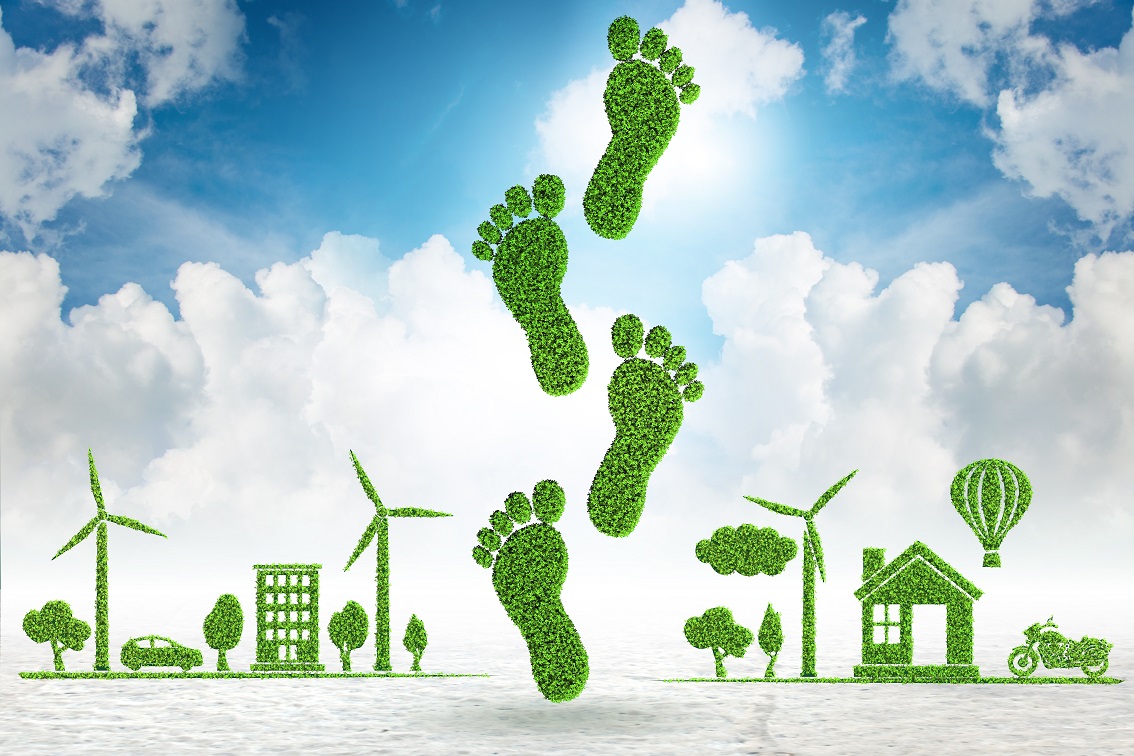Green Logistics Tech, a Logistics Trendsetter for 2022 in Carbon Footprint Reduction

WebXpress, a global transportation and logistics SaaS provider, has identified a few key logistics trends that will set the pace in 2022. COVID-19 has jolted the well-oiled machinery of logistics. Before COVID-19, most companies assumed seamless movements, stable freight rates, unlimited capacity, and a small buffer. However, a greater disruption is on the way as major economies enforce climate commitments and consumers persuade companies to comply.
Many new business models enabled by Tech will emerge to essentially allow companies to collaborate across borders to reduce their overall carbon footprint. Whether it’s solar power grids or electric bikes, energy conservation is a must, and green logistics tech is the way of the future.
The following are the key tech trends that will drive the logistics industry’s efforts to meet climate goals:
- Climate Measurement/Monitoring Tools - Logistics companies will need to invest in Climate Measurement tools to determine the carbon footprint of their shipments. The Green Audit tools will advise companies to balance their customer and product portfolios. These tools will provide granular data at the shipment, vehicle, and route levels to assist companies in focusing on reducing carbon emissions on a daily basis.
- Localized Climate Data - Supply chains were designed to handle shocks caused by a few localized extreme weather events such as hurricanes, snow, and rain. However, such incidents are becoming more common and more intense. To manage the impact, logistics companies will collect real-time data at the provincial, highway, and even city levels. Based on real-time data on road or city closures, these tools will either stop or reroute shipments.
- Optimum EV Asset Utilization Tools - Adoption of EVs is one of the effects of climate goals. However, because EV production will take time to ramp up, companies will need to pool their resources. EV Sharing Tech will assist logistics companies in reusing or sharing EV assets by consolidating loads. Rather than replicating the EV charging infrastructure in each location, companies can share it. Companies will also invest in battery inventory and share it with one another to ensure the availability of EV assets.
- Carbon Trading - Carbon trading will take off in a variety of ways and across a wide range of economies. In India, a truck owner can get funding to replace his 15-year-old fleet with newer vehicles that emit 30 percent less pollution. A warehouse in Rajasthan will sell solar power to the grid and offer customers reduced rents. Amazon plans to use electric bikes deployed in India to offset increased investment in same day delivery in the USA.
Stating that the world is entering a new phase of energy challenges and that there will be a gap between reducing reliance on fossil fuels and increasing dependence on green energy sources, Apurva Mankad, CEO and Founder, WebXpress, added, “Logistics is one of the biggest emitters and it’s also technically easier to solve the issue of excess emission when compared to cement production. All you need to do is convert all vehicles to EV and run all warehouse on Solar energy. Of course, the reality will be far more complex, and it will vary across nations. Companies need to offset emissions in one part of the supply chain with initiatives in distant locations. Here, technology will play a crucial role to track every movement, every km and measure its impact. The coming decade belongs to Global Green Tech.”



 Facebook
Facebook.png) Twitter
Twitter Linkedin
Linkedin Subscribe
Subscribe